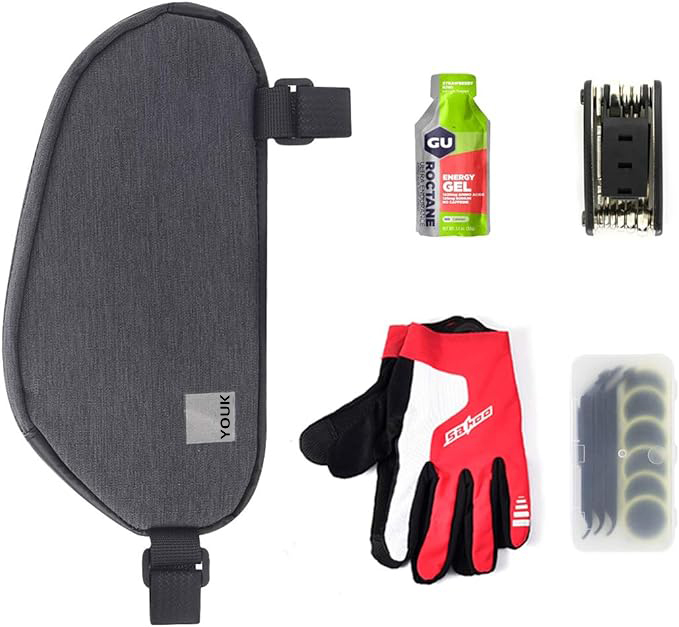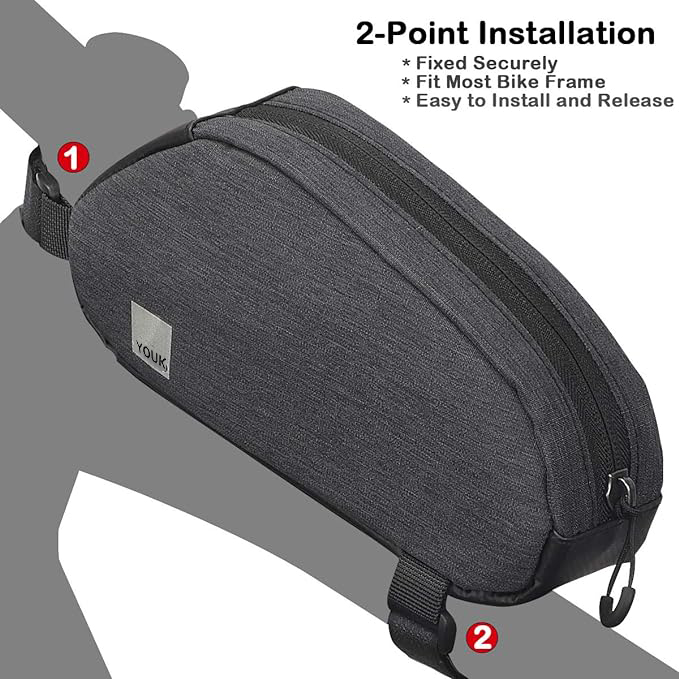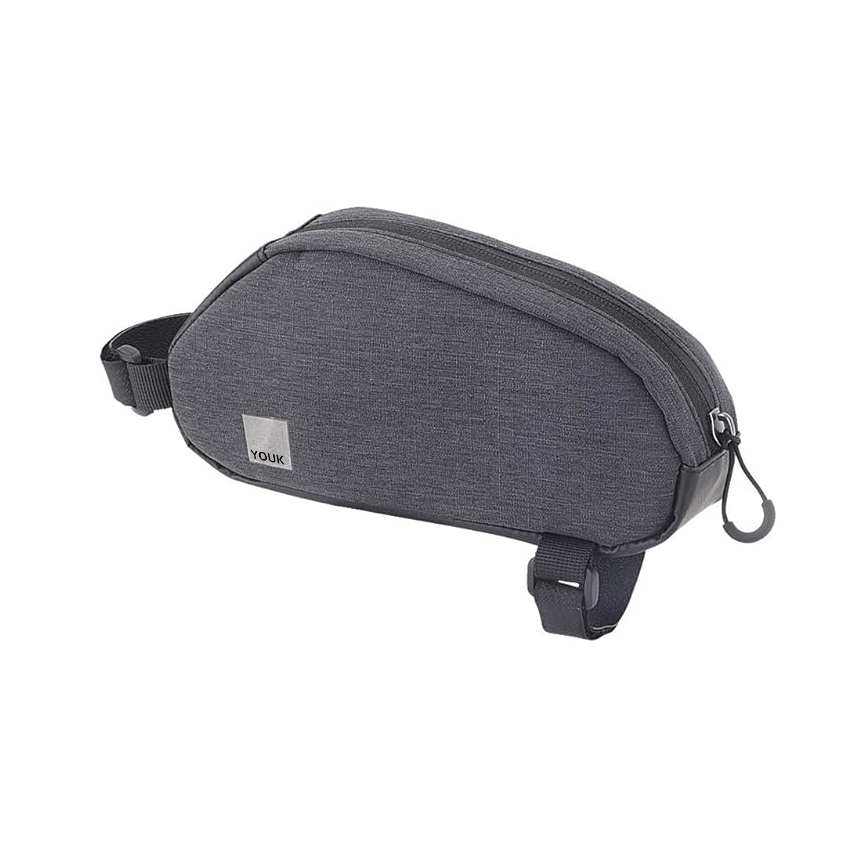Cycling and Bicycle Bags: A Comprehensive Guide
Cycling and Bicycle Bags: A Comprehensive Guide
Introduction:
Cycling is a popular recreational activity and mode of transportation that offers numerous health benefits. To enhance the cycling experience, many riders use bicycle bags to carry their essentials. In this guide, we
will delve into the world of cycling and discuss the significance of

Section 1: The Benefits of Cycling
1.1 Physical Health Benefits:
- Cycling improves cardiovascular fitness and enhances lung capacity.
- Regular cycling promotes weight loss and helps maintain a healthy body mass index (BMI).
- It strengthens muscles, particularly those in the legs, thighs, and buttocks.
- Increased stamina and reduced stress levels are among the psychological benefits of cycling.

1.2 Environmental and Economic Advantages:
- Cycling reduces carbon emissions, contributing to a cleaner environment.
- Using bicycles for transportation saves on fuel costs and lowers traffic congestion.
- Cycling infrastructure investment often leads to increased social and economic development in communities.

Section 2: Choosing the Right Bicycle Bag
2.1 Types of Bicycle Bags:
- Handlebar Bags: Attached to the handlebars, these bags provide easy access to essentials like snacks, maps, or a cell phone.
- Saddle Bags: Mounted beneath the saddle, these bags are suitable for carrying small tools, spare tubes, or personal items.
- Frame Bags: Positioned within the bicycle frame triangle, these bags allow for balanced weight distribution and can store larger items.
- Panniers: Attached to the sides of the bicycle rack, panniers offer ample storage space for groceries, clothing, or camping gear.
- Backpacks: Worn by the cyclist, backpacks are versatile and portable options for carrying personal items.
2.2 Considerations When Choosing a Bicycle Bag:
- Capacity: Determine the amount and size of the items you plan to carry.
- Durability: Look for bags made from sturdy materials that can withstand changing weather conditions and rough terrains.
- Mounting System: Ensure the bag's attachment mechanism is compatible with your bicycle.
- Waterproofing: Opt for bags that are water-resistant or come with rain covers to protect your belongings.
- Accessibility: Consider the bag's design and ease of accessing its contents during rides.
Section 3: Tips for Safe and Proper Use of Bicycle Bags
3.1 Weight Distribution:
- Distribute weight evenly across the bicycle to maintain balance and stability during rides.
- Place lighter items towards the front of the bicycle to prevent handlebar swing and instability.

3.2 Secure Attachment:
- Ensure the bag is securely fastened to the bicycle to avoid any accidents or damage during rides.
- Double-check the mounting system periodically to prevent bags from detaching while cycling.
Conclusion:
Cycling is a fantastic way to stay active, explore new areas, and reduce our carbon footprint. Choosing the right bicycle bag based on our needs and priorities further enhances our cycling experience. Remember to prioritize safety, distribute weight evenly, and select durable bags to enjoy the full benefits of cycling with peace of mind.
